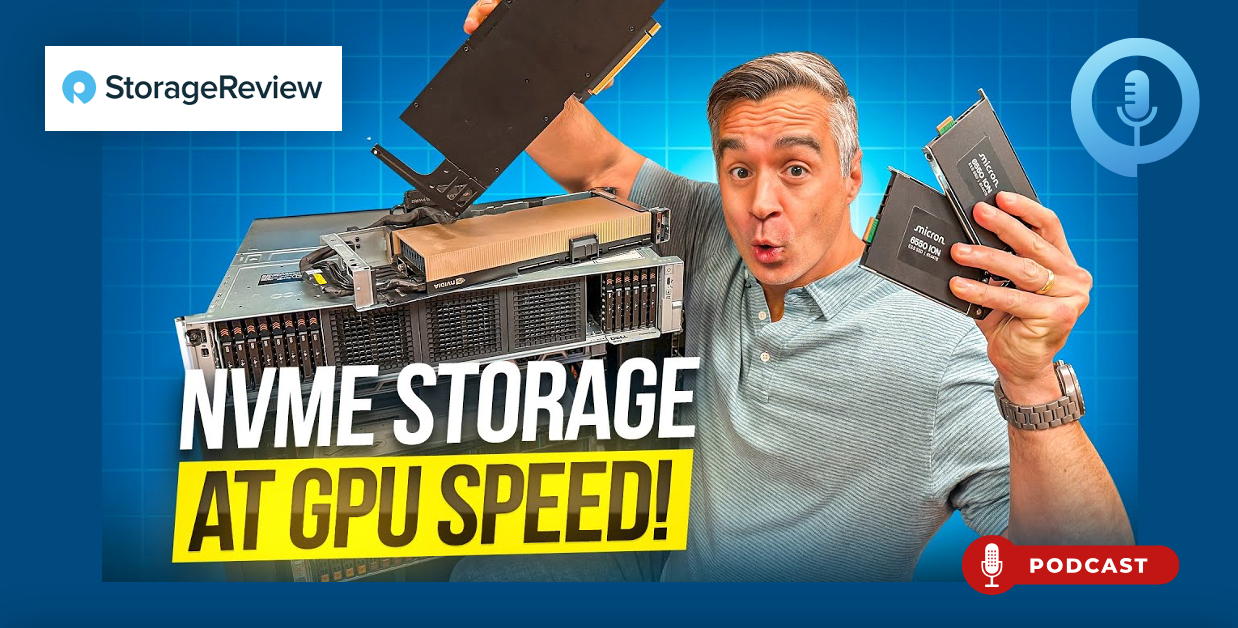
Onesheet: SupremeRAID™ vs. Hardware RAID
Download the latest onesheet to learn how SupremeRAID™ with RAID 5 delivers faster performance and up to 50% higher capacity than the leading hardware RAID -- with the same number of SSDs!
Hardware RAID adapters include specialized chips (ASIC and FPGA controllers) to achieve functional performance while protecting data but even the fastest hardware RAID products cannot match the aggregate performance of solid-state drives (SSDs). The resulting performance bottleneck is unavoidable and worsens when using SSDs with PCIe and NVMe technologies.
SupremeRAID™ works differently. It combines two powerful technologies — software-defined storage (SDS) and GPU acceleration — to create an innovative solution ideal for NVMe SSD data protection. The result is better RAID-protected storage with the same PCIe NVMe SSDs.
Plus, new and improved features with every software release free up CPU cores for database and app workloads.
Simplify your system with SupremeRAID™ and get the most out of your server investment.
Learn more: check out SupremeRAID™ vs. Hardware RAID Technical Comparison and browse our collection of white papers and use cases, or check out our global partner and distribution network to find SupremeRAID™ wherever you might need it:


.png)
